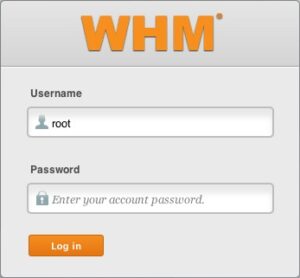Learn to Create a PostgreSQL User
For creating a PostgreSQL user, go to your cPanel -> PostgreSQL Databases interface. In the Add New User form, type the username and password. Note that the username will always include your cPanel username in the form of a prefix. Now add the newly-created username to an existing database. For this, use the Add User to DB form. Now, simply […]
Read More »

